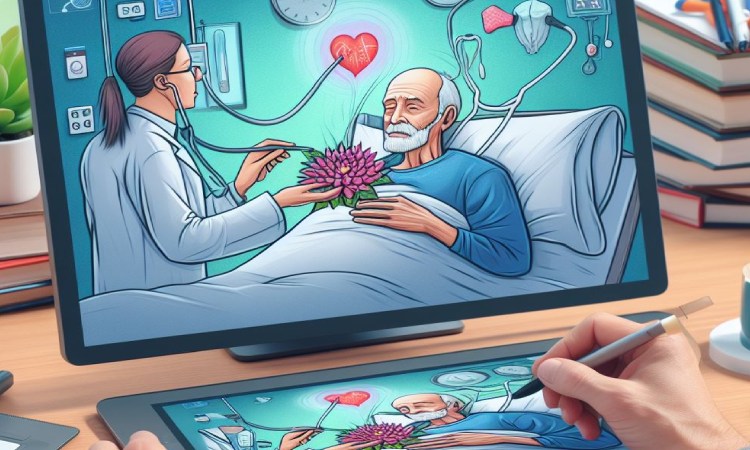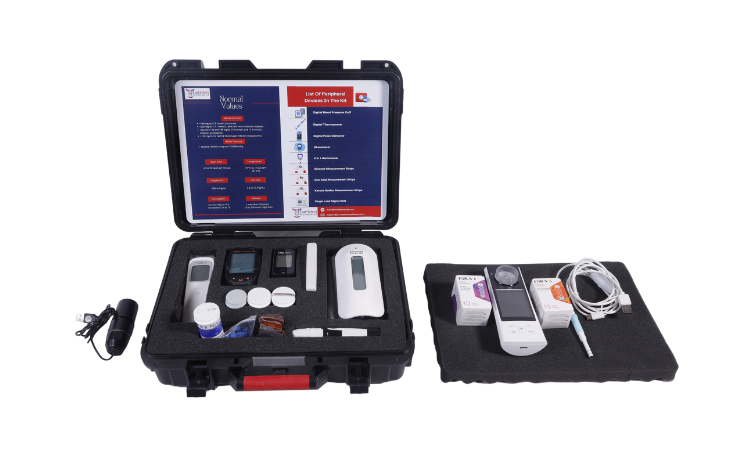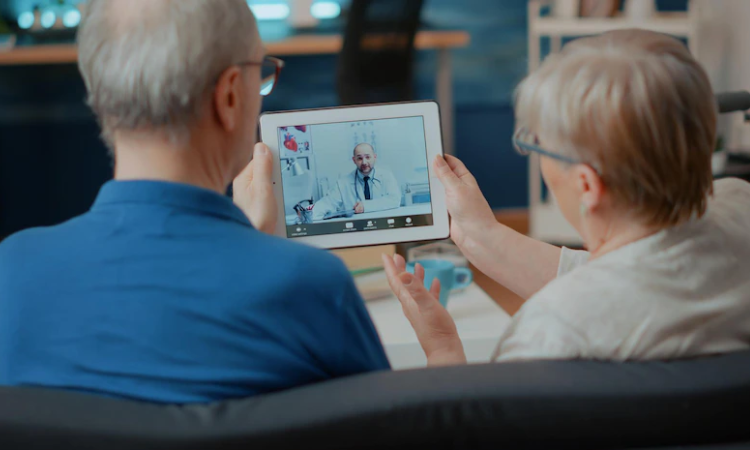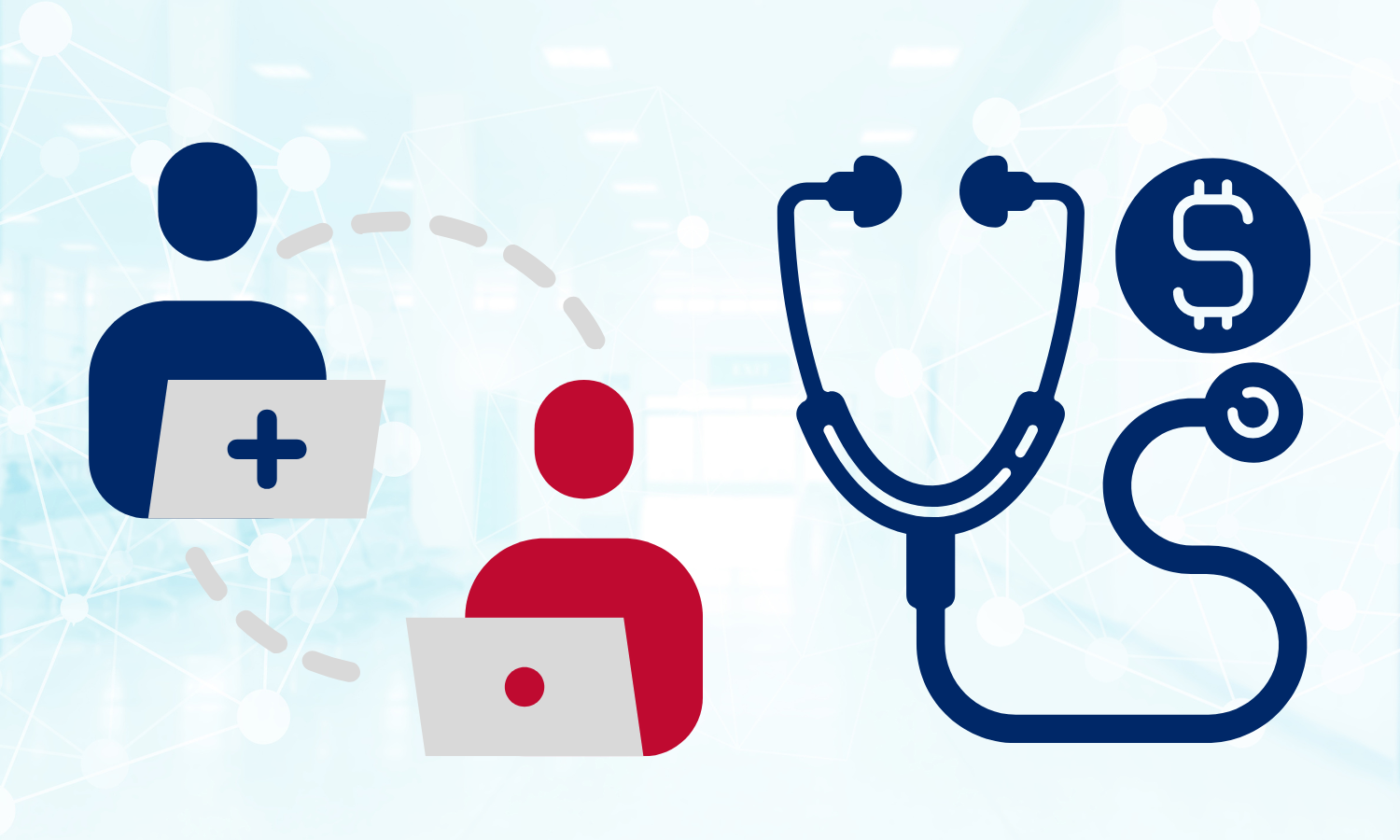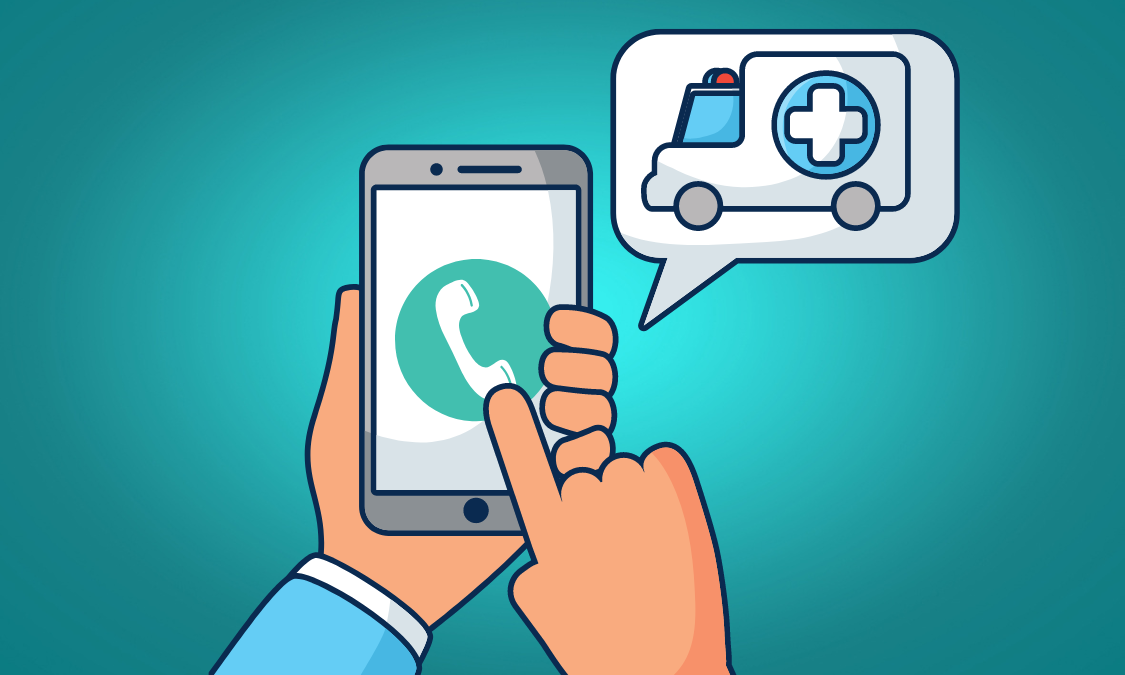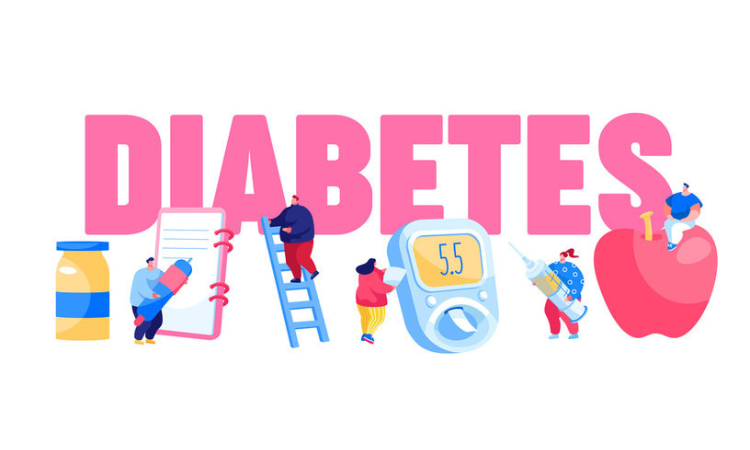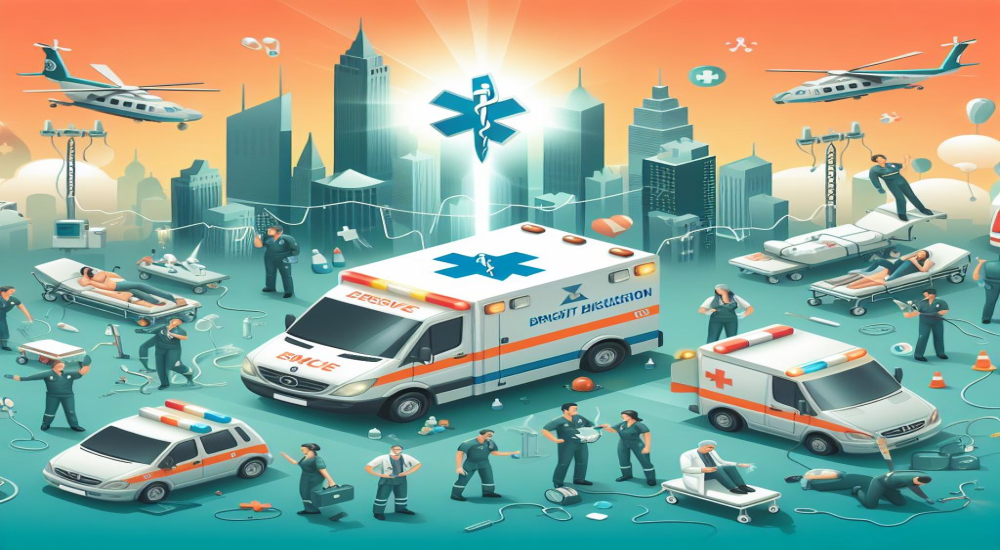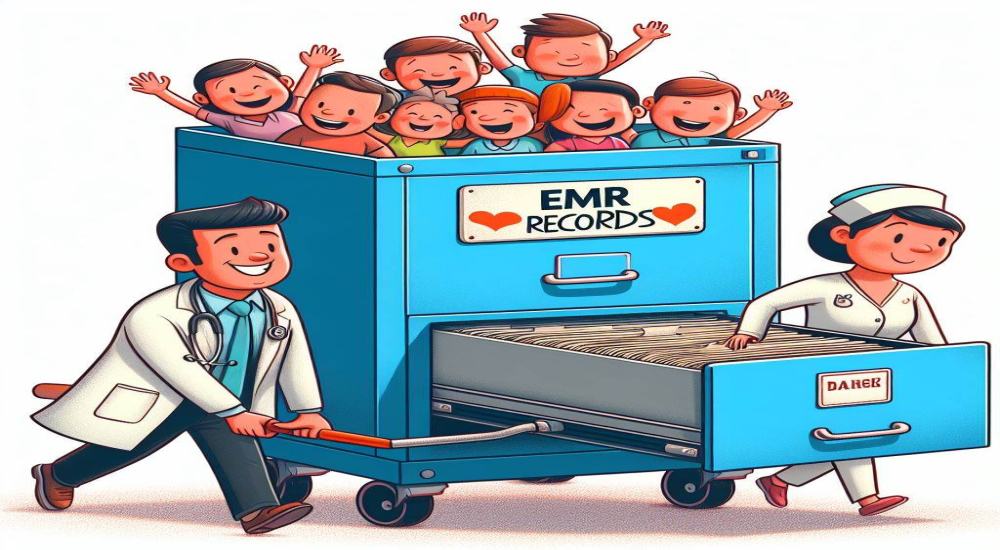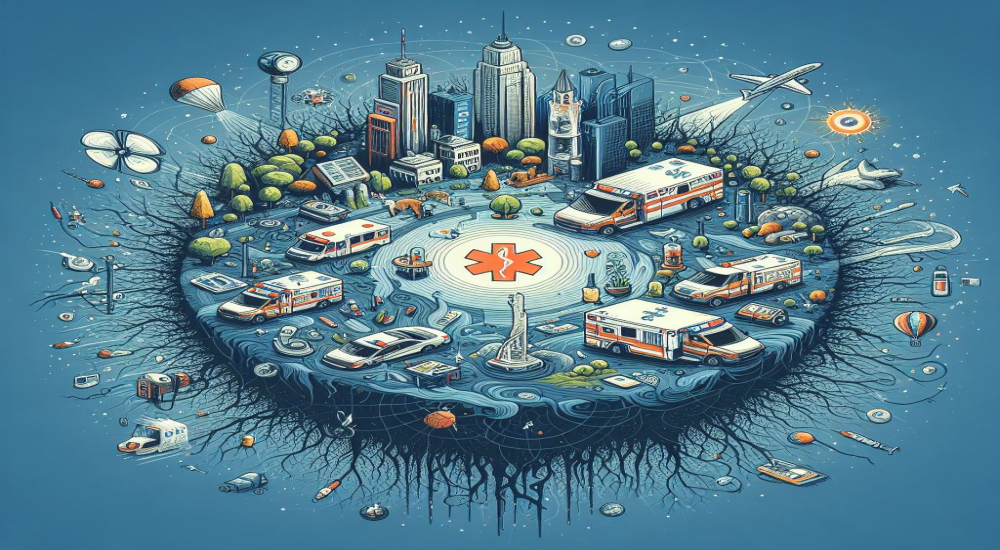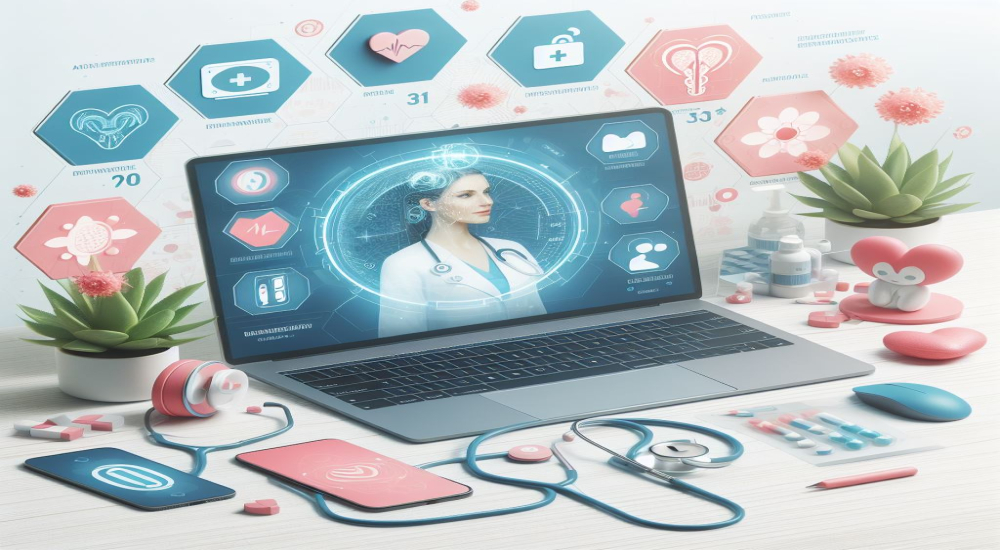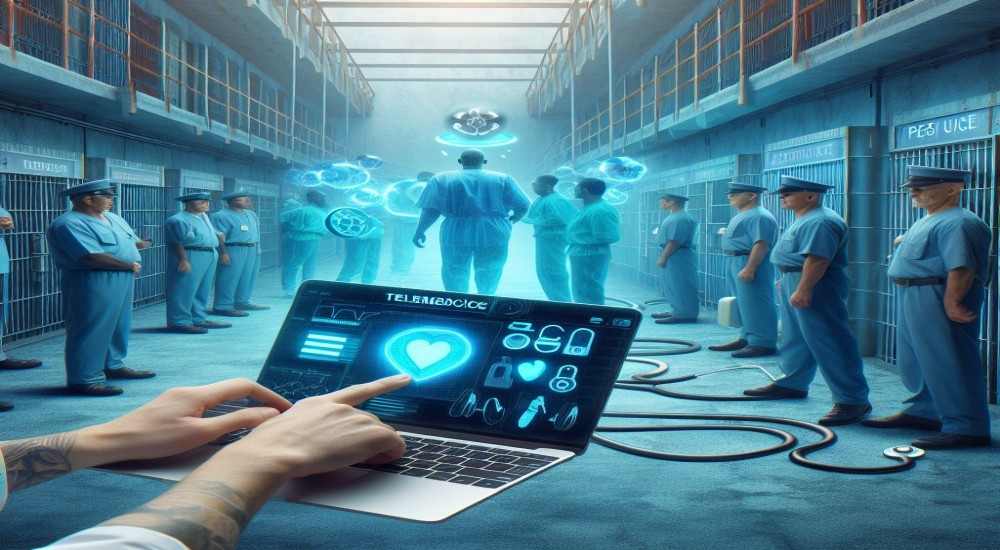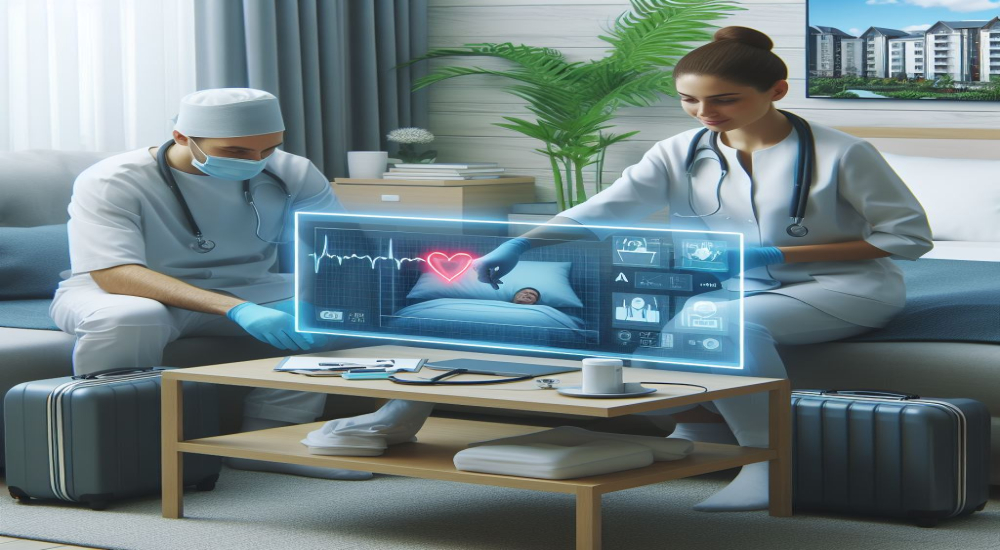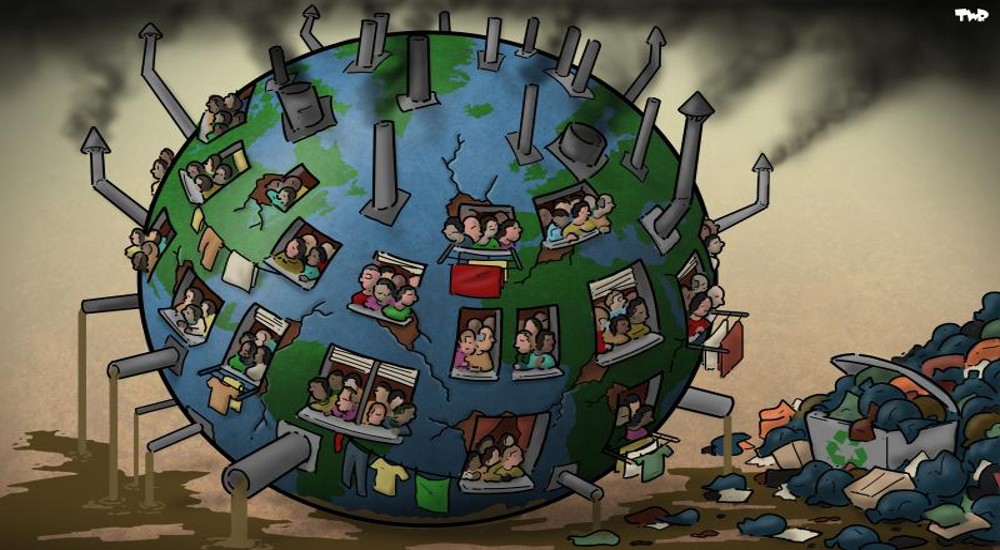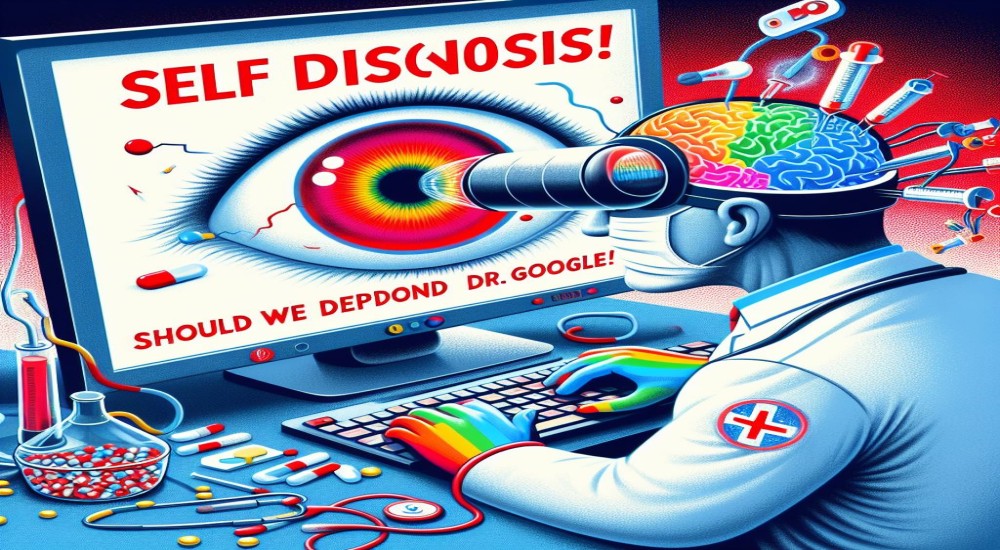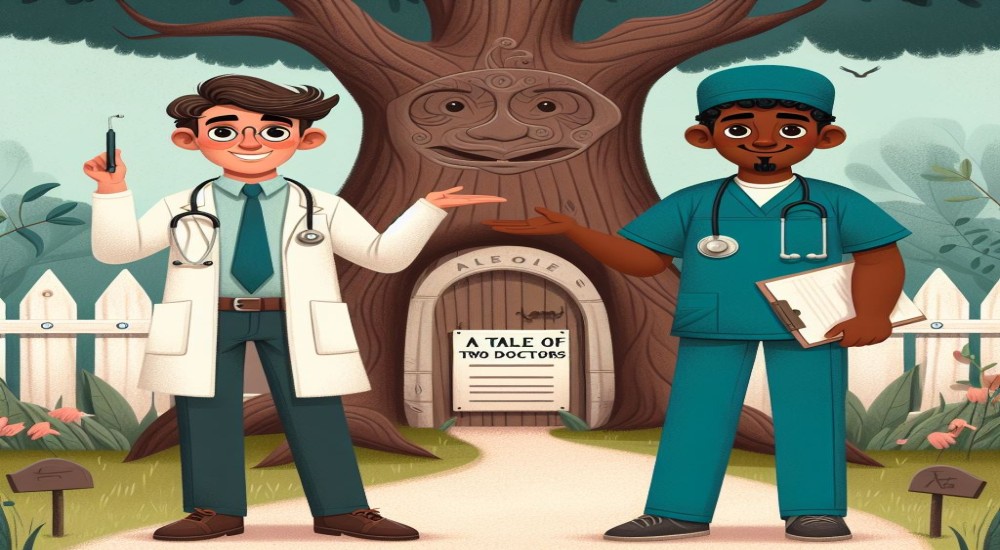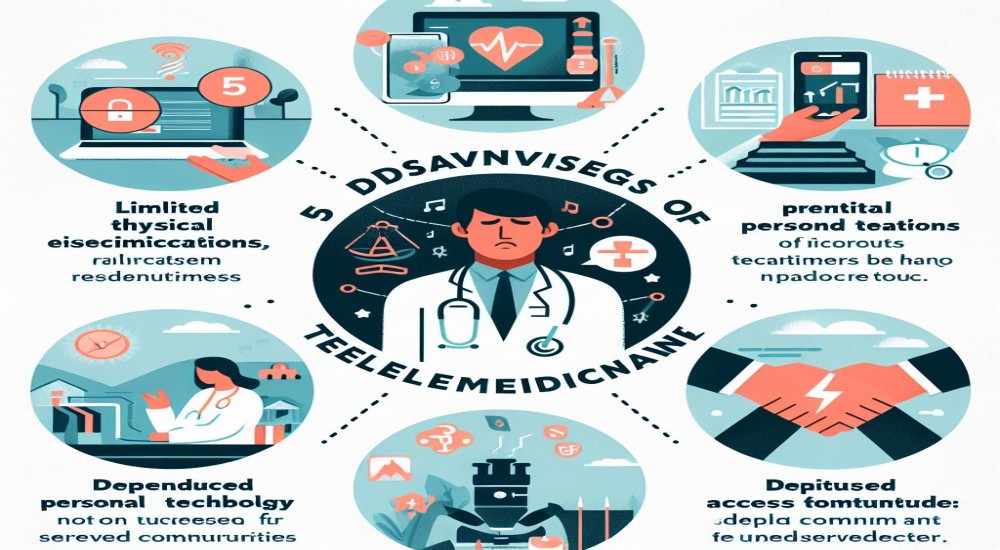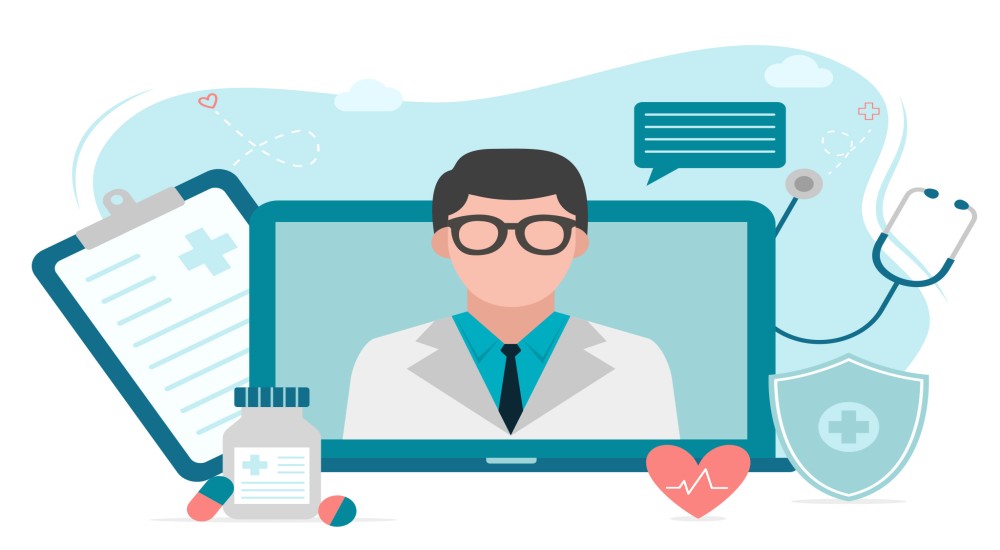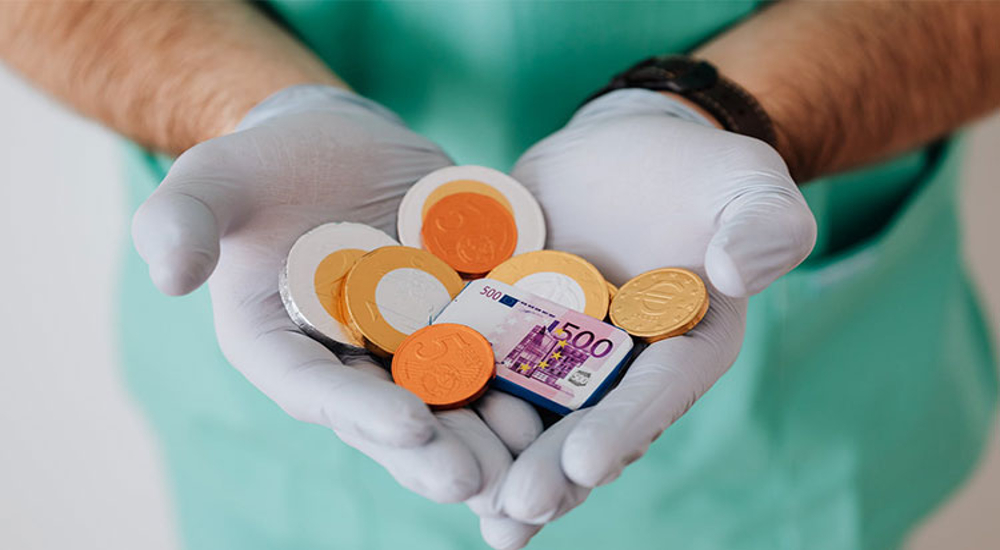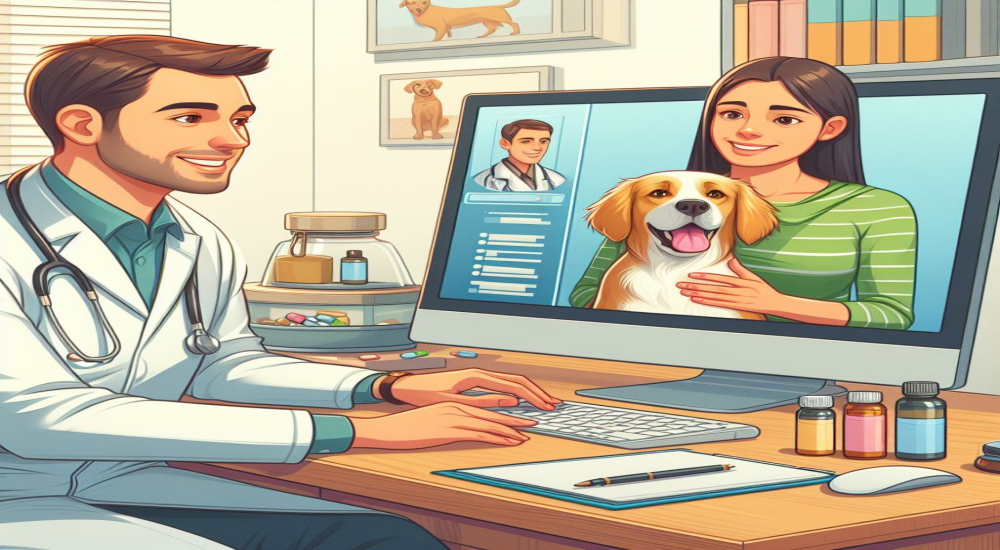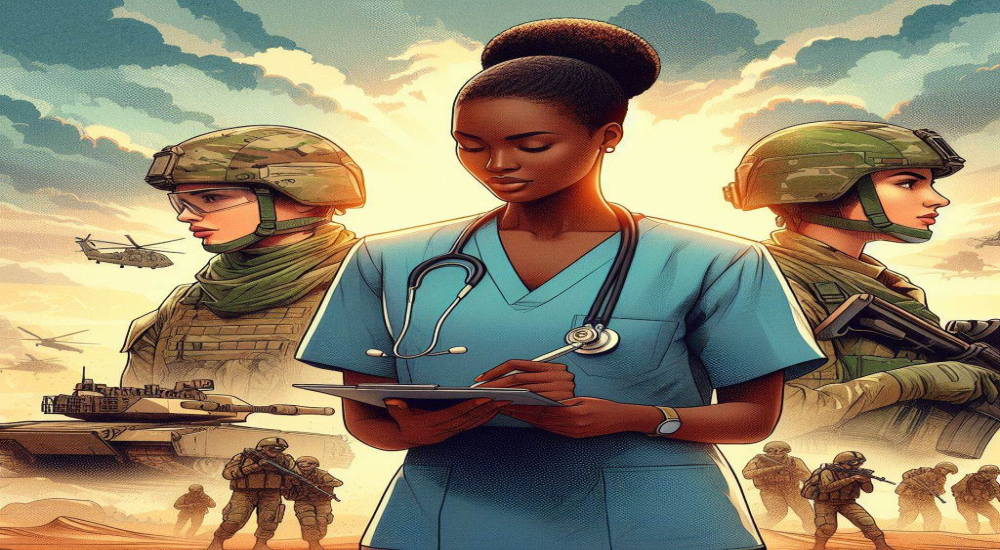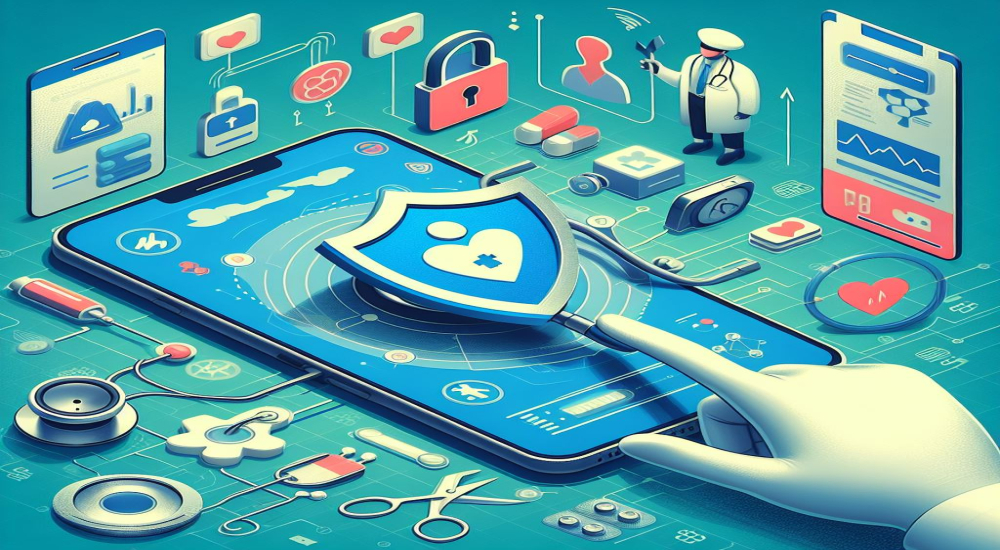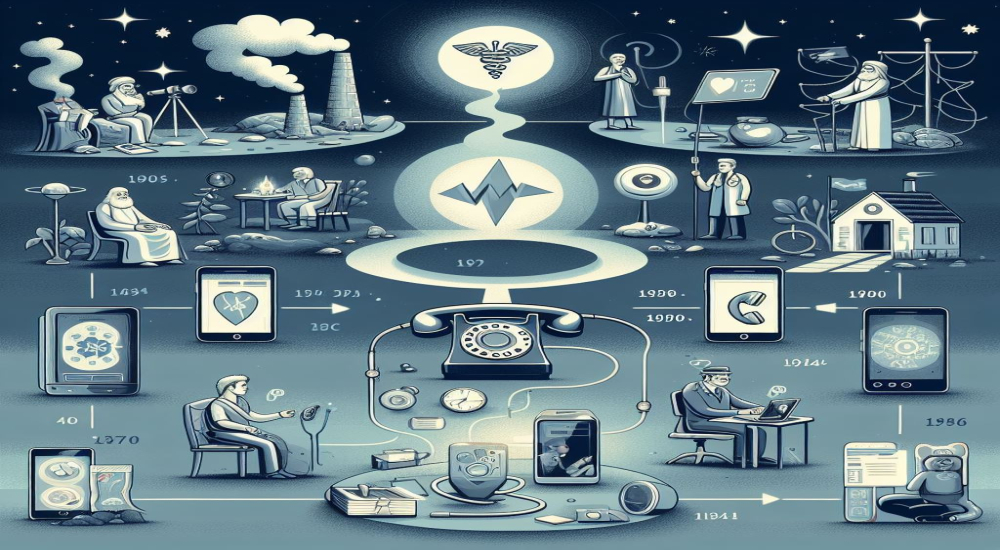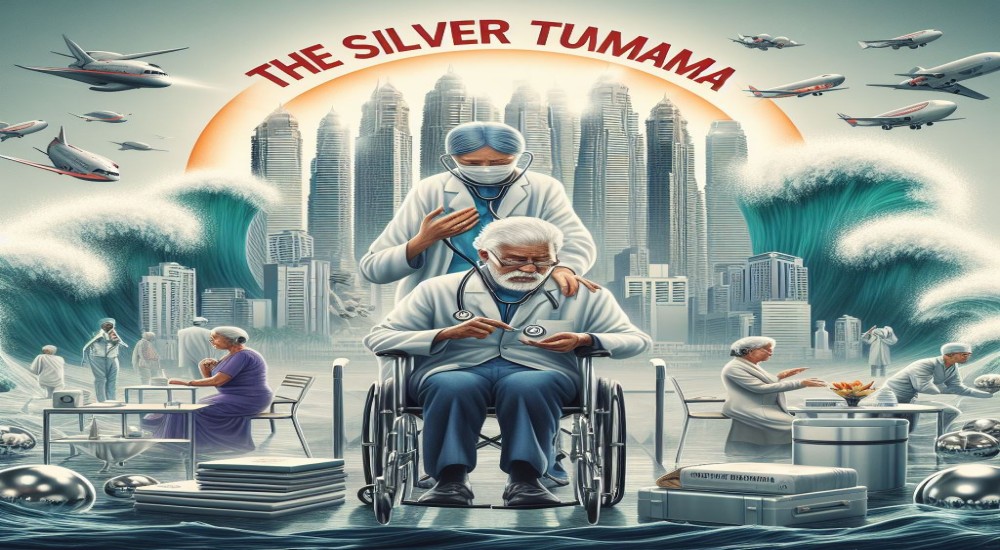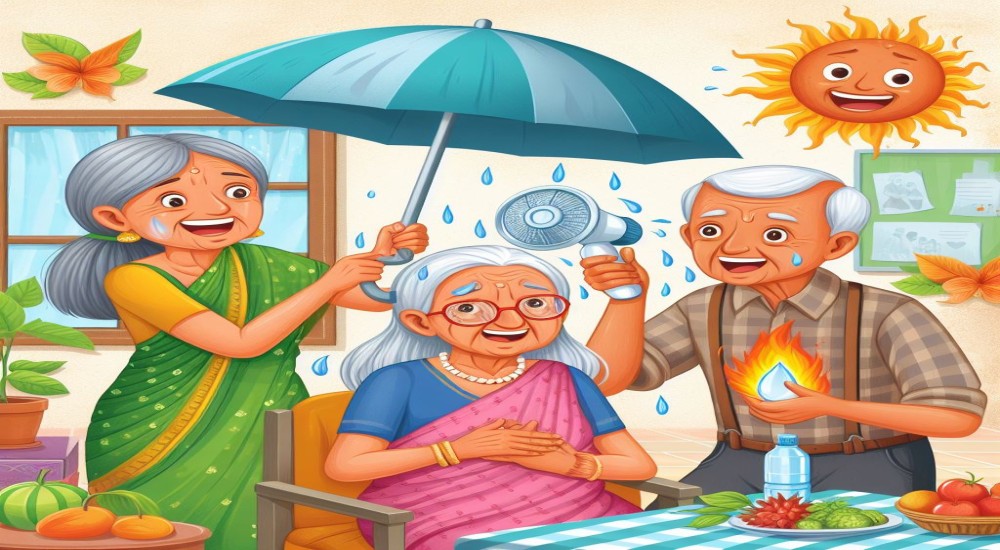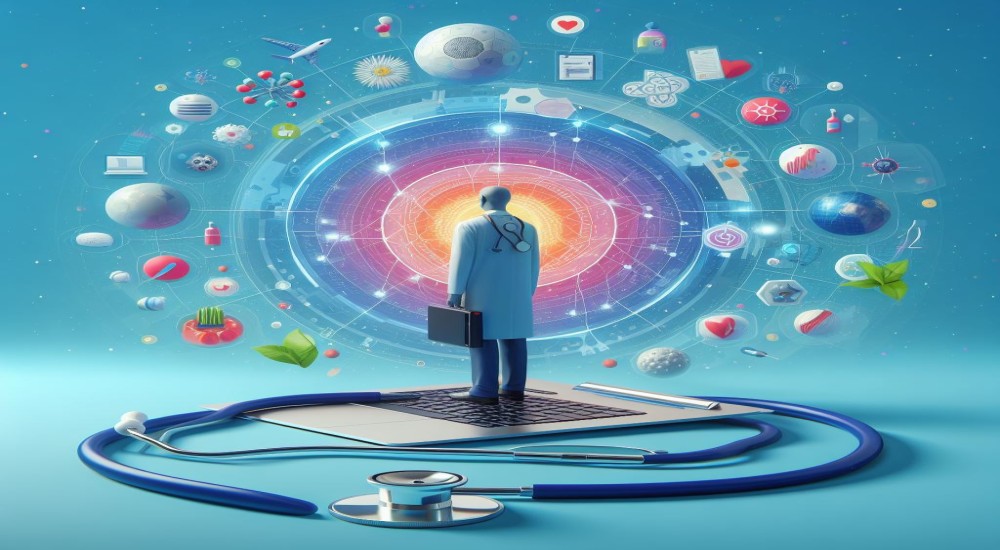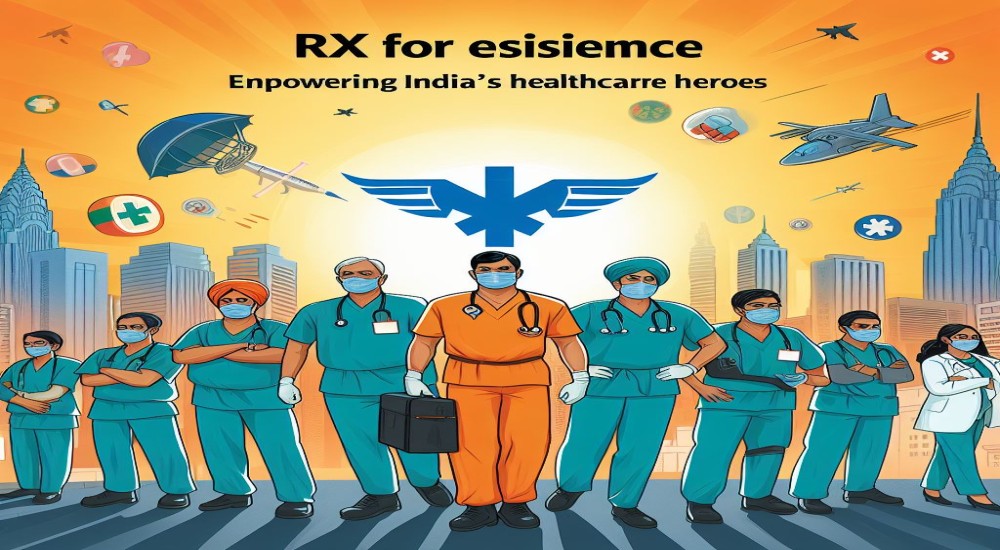The 8 billion population mark! Do we rejoice or reflect?
All of us have heard the recent buzz that the global population has reached 8 billion! There was much pomp and coverage for the baby born in Manila who became the 8 billionth human being on the planet. While this joyous occasion and landmark event was celebrated with much pomp, it also raised a lot of questions, some of which were explored in newsrooms and TV shows.
Reaching the 8 billion number is unique not because of the number (let's face it, we're outnumbered by ants and mosquitos), but rather because at no point in our history did we have the resources and capacity to reach such a large population. Throughout our history, the lack of food, shelter, natural disasters, wars and most importantly infections have killed off people before they could reach a significant population. Among all of them, diseases are perhaps the main culprit (think of the Spanish flu or the Black plague), until the invention of antibiotics and the discovery of the microorganisms that were making life so miserable for us, there was no treatment for the simplest of conditions. We had to suffer through them and hope that our natural immunity was good enough to stop us from dying.
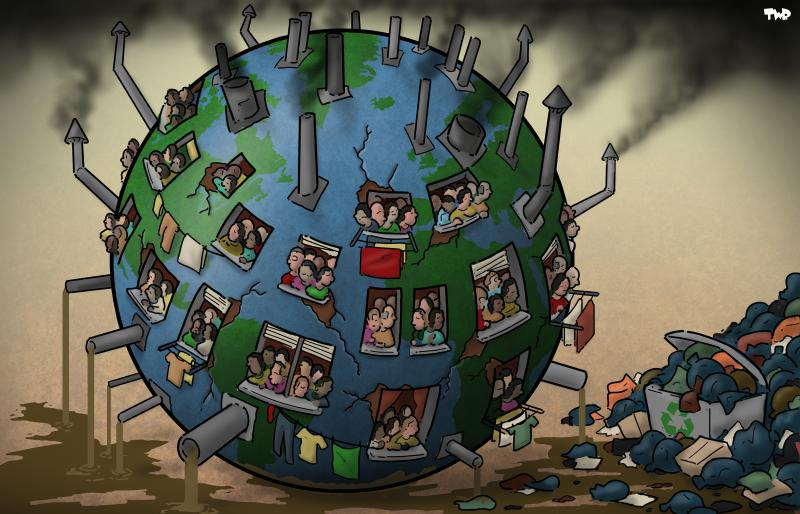
This is no longer the case as we have advanced by leaps and bounds. The healthcare industry is one of the largest in the world and we as a species have gone beyond mere antibiotics and into the fields of robotics, nanotechnology and gene editing. We have come a long way from the times when we were at the mercy of the elements, in their youth our fathers couldn't even have imagined the comforts and luxuries we take for granted today. All of this has culminated in what can be called the age of humanity (there are some thoughts that the current geological epoch should be called Anthropocene due to the enormous influence we have on the planet).
OVERPOPULATED OR NOT?
A few decades ago when the global population was rapidly increasing thanks to medical and technological innovations, there was a school of thought that rose up saying that our planet was not capable of supporting that many people (it was mainly confined to humanity and not other species) and that we were headed to an apocalypse by the turn of the century. However, in spectacular fashion, we used our technology to circumvent the issues of global food shortages and logistical problems. So the prophesied end did not come and things went on as usual albeit with the same wars, discord and panoply of human interactions and foibles.
So the main question is what has changed in the past few decades? With an ever-growing population and better medical care, will we be able to sustain such a large population on the planet? The hotly debated answer is that we do not know. What we know is that we are facing a climate crisis and if we want a sustainable future for ourselves and our children, we must work towards it in many ways.
There are many recent examples of the impact that we are having on the planet, the whole world watched with bated breath as Johannesburg in South Africa almost ran out of water, and the same story seems set to repeat in the USA as the southwest is going through a record drought. In fact, the water levels in the Colorado river have fallen so low that sunken ships, dead bodies and more have become exposed. 2020 was not just the year when COVID forced all of us indoors, it was also the year that the world saw some of the most destructive wildfires in history, leading to the loss of millions of acres of forest cover. In many cities around the world, running water, electricity and even sewage and waste disposal has become a problem as these cities keep increasing in population without a structured increase in the infrastructure of the cities themselves.
INCREASED DEMAND FOR RESOURCES!
The countries of the world met recently in Egypt for the COP27 summit, a large gathering where the key issues of climate change, particularly man-made climate change and the actions that need to be taken for a sustainable future were discussed. This summit was a landmark event for many reasons, one of which is that the governments of developed nations agreed to bear the burden of the emissions they were responsible for, while also allowing developing countries with large populations to adhere to less stringent regulations. It was also a significant event because the governments of the world are acknowledging the burden on resources that a large population places on a country as a whole.
Gone are the days when people needed just food and shelter, today we are used to a wide variety of creature comforts that we often take for granted. Shopping, the internet, electricity, air conditioning, computers and phones, technology, streaming content, easy transportation, doorstep delivery of products and services, travel and vacations, and so much more are all now considered basic amenities that are required for all of us to function and live our lives. The raw materials, logistics and resources needed to provide these are simply staggering. So when we consider the impacts of an increased population we are also forced to consider the things that a developing population will require.
There is a large gap in the availability of these services between developed countries and developing countries, in fact, there is often an overabundance of resources in developed countries while the developing countries that have higher populations do not have access to those resources. This can be a huge issue, especially regarding the quality of life, access to education, employment and healthcare in such countries.
THE HEALTHCARE INADEQUACY..!
The recent COVID pandemic showed the world that there is a massive chasm in the healthcare infrastructure and the ability to tackle healthcare crises between developed and developing nations. The availability of equipment, medical devices, hospitals and healthcare professionals could have been much better in countries in Africa and South America, this is just a teaser of the considerable burden that a rapidly growing population can put on the healthcare system of a developing nation. India made history by carrying out one of the largest vaccination drives in record time, but that rollout came at a massive cost in terms of manpower and expenditure. While a pandemic is an unexpected situation and its impact could not have been predicted, there is a growing set of healthcare requirements from different population groups that are hard to meet for countries with large populations like India.
India has a large population that is suffering from a variety of non-communicable diseases such as Diabetes, heart problems, strokes, depression, high blood pressure, cancers, etc. These diseases require interventions from the primary healthcare level and need specialists, continuous monitoring and the availability of medications at low prices. It's easy to see how such a scenario can place a huge financial and logistical burden on a government, many governments lost the faith of their people based on their handling of the recent COVID healthcare crisis.
In the 21st century having a healthy population means in many cases having happy people, this happiness and wellness are often reflected in increased productivity, higher standards of living and higher spending on products and services. A healthy workforce is critical for any industry to function and a relatively healthy consumer class is vital for the growth of businesses and services as well as entertainment and arts.
So the long and short of it is that a larger population means that there must be a parallel increase in the healthcare infrastructure and resources. However, this is easier said than done, increasing the number of doctors is a hard task (medical students will tell you the harsh road they travel to get there), and waiting for new doctors to finish their studies and bolster the workforce is not really an option. That is exactly where digital solutions can help, by connecting patients and doctors with the use of Telemedicine and remote health monitoring.
A DIGITAL SOLUTION
Countries around the world are looking at digital technologies that can help reduce the burden on their healthcare systems, both in terms of manpower and money. That is where Telehealth has really boomed, using custom-built software and applications to help make maximum use of available resources. There are many benefits for doctors and for patients in implementing Telehealth solutions,.
- Speed and ease of access from remote areas.
- Lower chances of infections and cross-infection from other patients.
- Avoid long waiting lines and travel.
- Get the care required for chronic illnesses in less time.
- Makes patient follow-up and prescription refills easy.
- Creating digital records helps policymakers in creating good healthcare plans based on the data gathered.
- Pandemics and endemics can be contained and treated with much less impact and risk.
The use of technology and the internet to increase automation and reduce human effort has been going on for a long time, factories, assembly lines, data processing, banking, food preparation, manufacturing, maintenance, etc have long been automated or technologically enhanced. The same is happening slowly but surely in healthcare as well. Today we have robotic nurses monitoring patients, surgeries being performed on patients thousands of miles away by doctors using remotely controlled surgical robots, remote pill dispensers that use the internet to receive prescriptions and dispense medicines without the need for a pharmacist, and much more.
So it is safe to say that the use of software and internet-based technology in medicine is going to rise. In fact, an entire field called the Internet of Medical Things (IoMT) has been growing rapidly. Many startup companies and even established players are entering this field in hopes of revolutionizing and capitalizing on this new field. The government of Mauritius has in fact been using telehealth and telemedicine to link the various arms of their healthcare system such as hospitals, ambulances, emergency services, rural health centres, pregnancy care, etc.
MOVING FORWARD
There is no stopping the progress of technology and as we advance the reach, capabilities and affordability of devices, especially medical devices and the software that comes along with them will be constantly changing. Adopting digital trends and integrating patient care in the form of both mobile and browser-based applications is already underway, the healthcare industry is after all a segment where the needs of the patients have to be met, and doing that in a profitable and efficient way is where the focus is. This is where Telehealth and remote health monitoring solutions shine the best. A large population by itself is not a burden, especially not if we leverage technology to meet the needs of the people in an efficient and affordable manner.

